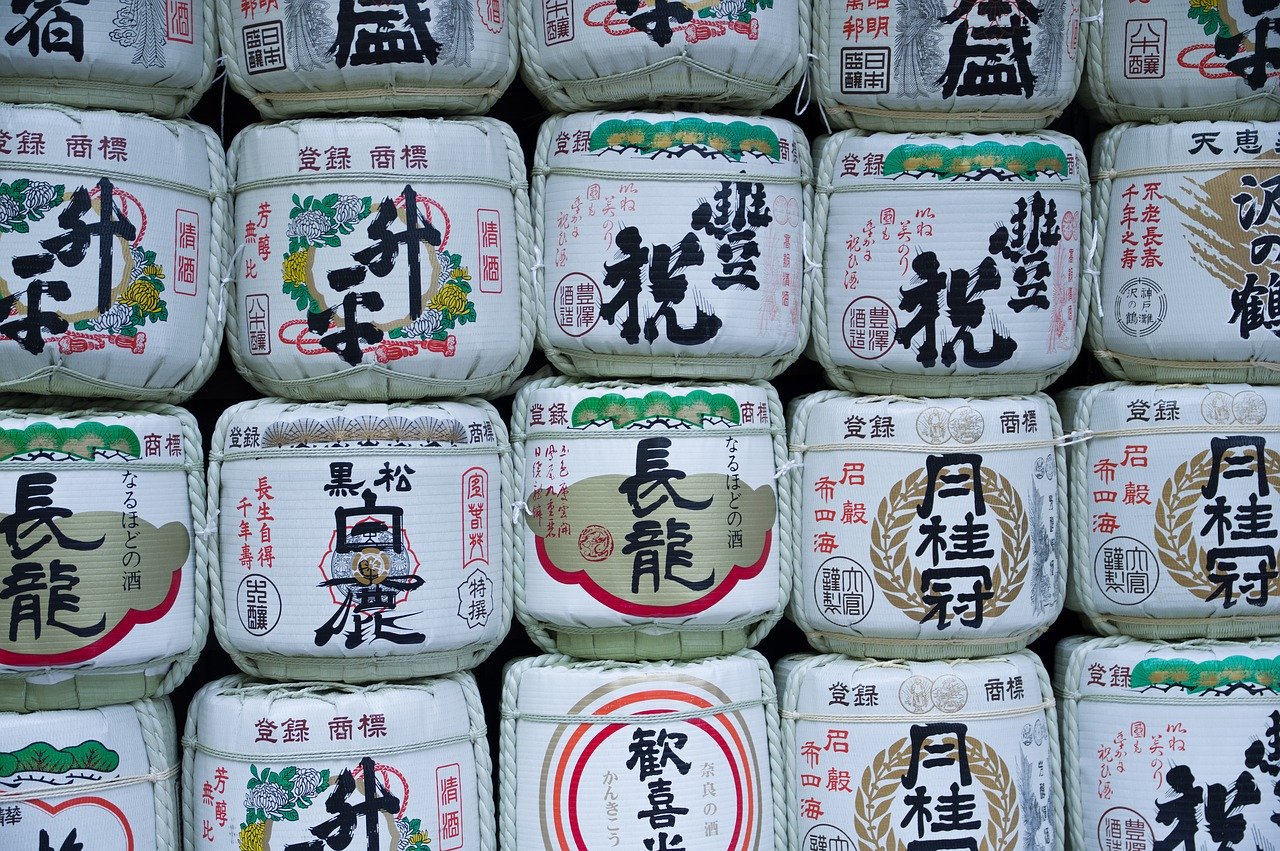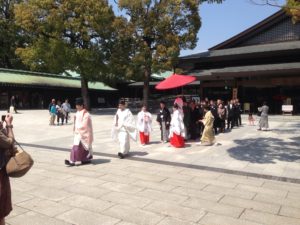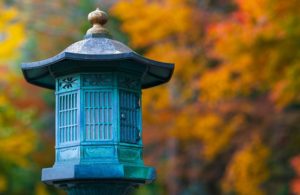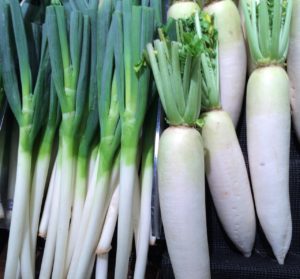What are the differences between hiragana, katakana, and kanji? That’s a question that everyone who’s starting to learn Japanese asks, because Japanese writing is a bit hard for students to wrap their heads around at first. There are three systems in use. In our beginner Language Garage Japanese courses, we’ve simplified things so that you only learn two of the three, but it’s always helpful to understand the system as a whole. Especially if you’re going to go on to intermediate and advanced studies. So, let’s spell out the differences between hiragana, katakana, and kanji in this post.
Kanji
Kanji are the characters that have been borrowed from Chinese; these are symbols that stand for a meaning or a concept without representing its pronunciation the way an alphabet does. Kanji are usually the most complicated of the three visually: 私 watashi (I), 日本語 nihongo (Japanese language), 雨 ame (rain).
Tons of pages have been and can be written about how kanji (or Chinese characters for that matter) develop to stand for meanings, so we won’t get into too much of it here. But as a quick sample, the kanji for Japan tell you a little bit. Japan is 日本 nihon. The kanji literally mean sun source, as in “Land of the Rising Sun.” (The Japanese islands are among the first land masses in Asia to see the rising sun, after all.) The first character means sun, and probably started out as a simple circle, and became more stylized. The second character is the character for tree 木 with a small horizontal line at the bottom 本. In other words, the root of a tree, or the source of something. Again, that’s a super simplified taste, but it gives you an idea to start with.
Hiragana
Hiragana is a syllabary, meaning that each “letter” stands for a full syllable rather than just a consonant or vowel, as in English. Hiragana usually looks less complicated than kanji, and is curvy: かきくけこ (ka, ki, ku, ke, ko.)
Katakana
Katakana is a syllabary just like hiragana, but it’s used differently. Katakana looks sharper than hiragana: カキクケコ(ka, ki, ku, ke, ko.)
Hiragana and katakana together are called kana in Japanese, which just means the phonetic spelling systems, as opposed to kanji. There’s no semantic or other meaning to hiragana or katakana – it’s just pronunciation, like the Latin alphabet, but with syllables instead of just vowels or consonants.
How They’re Used
Kanji are used to convey meaning, so if English used kanji, words like water or book or talk or blue would be written in kanji. Hiragana is used primarily for grammatical or functional words or particles. So in English that would be things like –ed or –s or the or –ing. Katakana is primarily used to write words borrowed from other languages, almost like italics.
Take a look at an actual example sentence to see how this all goes together. The first bullet is the full sentence, and then the following bullets are a step-by-step explanation of what’s what and why.
- 私はアメリカ人です。
Watashi wa amerikajin desu.
I am American. - 私 watashi
(I): Kanji, because it’s a meaningful word for the pronoun I. - は wa
(topic marker): Hiragana, because this is grammatical function particle that used to mark the topic – often the same thing as the subject – of the sentence. - アメリカ amerika
(America): Katakana, because it’s a foreign borrowing. - 人 jin
(person): Kanji again, because it’s a meaningful word. When you add 人 jin to a country, you get the word for a person from that country. アメリカ人 amerikajin is a person from America, or an American. - です desu
(be/am/is/are). Hiragana again, because this is a grammatical function word. It’s called a copula, but that’s just a grammatical term for be (am, are, is…)
Furigana
Does this seem complicated? It takes some time to get used to. In fact, even in Japan, you’ll often see furigana, which are small hiragana syllables written over kanji that are used to show pronunciation of kanji that may be unfamiliar. The small hiragana under the kanji in the sign below are furigana. (Thankfully for tourists and beginners in Japanese, Japan uses a lot of romaji – phonetic transcriptions like the words in bold in this post – in signs!)
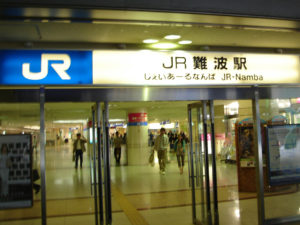
Image Wiki.
Learn Japanese with the Language Garage
Beginner Language Garage Japanese courses use hiragana and katakana, which are “real” Japanese, but less difficult to learn than kanji. So for example, instead of seeing 日本語 you’ll see にほんご nihongo (Japanese language). You’ll also always see romaji, so you learn how to read kana simply and gradually.
Check out our other posts on Japanese language, culture, and more. And if you’re looking for convenient and affordable live Italian lessons with a real teacher, check out The Language Garage. Our lessons are given online in a virtual classroom, so it doesn’t matter where you live or work – we can come to you. And we have flexible options, with a free trial so that you can decide if there’s a fit. Check us out!
Main image by jacqueline macou from Pixabay
